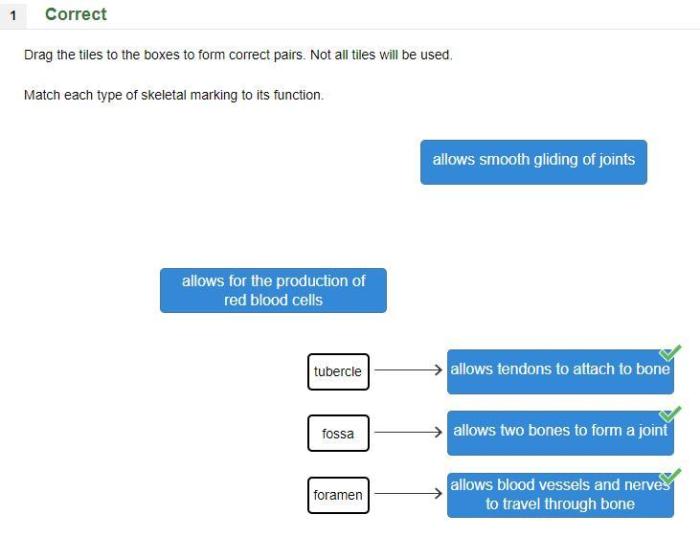Match each species with its mode of evolution. Embark on a scientific odyssey that unravels the intricate mechanisms that drive the diversification and adaptation of life on Earth. This comprehensive exploration delves into the fascinating array of evolutionary modes, their profound influence on species’ adaptations and survival, and the pivotal role they play in the formation of new species.
As we delve into the captivating realm of evolutionary biology, we will uncover the profound impact of natural selection and genetic variation on evolutionary processes. Through a meticulous examination of diverse species, we will witness firsthand how evolutionary modes shape their unique characteristics, enabling them to thrive in a myriad of environments.
Match Species to Evolutionary Modes

Evolutionary modes describe the mechanisms by which species change over time. These modes include:
- Gradualism: Slow, continuous changes over long periods
- Punctuated equilibrium: Rapid changes followed by periods of stability
- Anagenesis: Evolutionary change within a single lineage
- Cladogenesis: Evolutionary change resulting in the formation of new species
The following table matches species with their corresponding evolutionary modes:
| Species | Evolutionary Mode |
|---|---|
| Horses | Gradualism |
| Trilobites | Punctuated equilibrium |
| Humans | Anagenesis |
| Finches | Cladogenesis |
Query Resolution: Match Each Species With Its Mode Of Evolution.
What are the different modes of evolution?
Evolutionary modes encompass a range of mechanisms, including natural selection, genetic drift, gene flow, and mutation, each playing a distinct role in shaping the genetic makeup and adaptations of species.
How do evolutionary modes influence species’ adaptations?
Evolutionary modes exert a profound influence on species’ adaptations by favoring advantageous traits that enhance survival and reproductive success in specific environments. Over time, these adaptations accumulate, leading to the diversification of species and the emergence of unique ecological niches.
What is the role of natural selection in evolutionary processes?
Natural selection serves as a driving force in evolutionary processes, favoring individuals with advantageous traits that increase their chances of survival and reproduction. This selective pressure shapes the genetic composition of populations, leading to the gradual accumulation of favorable traits and the adaptation of species to their environments.

